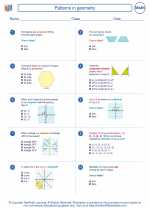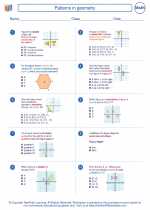Surveys and Questionnaires
Surveys and questionnaires are tools used to gather information from a specific group of people. They are commonly used in research, marketing, and social studies to collect data about a particular topic or issue. Surveys and questionnaires allow researchers to gather a large amount of data from a sample of the population, which can then be analyzed and used to draw conclusions or make informed decisions.
Types of Surveys
There are several types of surveys that can be used to collect data:
- Interview Surveys: These involve face-to-face or phone interviews with respondents, and the interviewer asks the questions and records the responses.
- Mail Surveys: These are sent through the mail to respondents, who then fill them out and return them to the researcher.
- Online Surveys: These are conducted over the internet and can be distributed through email, social media, or survey platforms.
- Group-administered Surveys: These are conducted in a group setting, such as in a classroom or at an event, and respondents fill out the survey on their own.
Components of a Questionnaire
A questionnaire is a set of questions designed to gather information from respondents. It typically consists of the following components:
- Title: The title of the survey or questionnaire, which provides an overview of the topic being addressed.
- Introduction: A brief introduction that explains the purpose of the survey and assures respondents of the confidentiality of their responses.
- Questions: The main body of the questionnaire, which includes a series of questions related to the research topic.
- Response Options: For each question, there are response options for respondents to choose from, such as multiple-choice, Likert scale, or open-ended responses.
- Conclusion: A closing statement that thanks respondents for their participation and provides any necessary follow-up information.
Designing Effective Surveys
When creating a survey or questionnaire, it is important to consider the following factors to ensure its effectiveness:
- Clarity: Questions should be clear and easy to understand to avoid confusion or misinterpretation.
- Relevance: Questions should be relevant to the research topic and aligned with the survey's objectives.
- Response Options: Providing appropriate response options that cover all possible answers without bias.
- Length: Keeping the survey at a reasonable length to maintain respondent engagement and minimize survey fatigue.
- Validity and Reliability: Ensuring that the survey measures what it intends to measure and produces consistent results over time.
Analysis of Survey Data
Once the survey responses are collected, the data needs to be analyzed to draw meaningful conclusions. This can involve using statistical methods to identify patterns, trends, and relationships within the data. Common analysis techniques include frequency distributions, cross-tabulations, and correlation analysis.
Study Guide
Here are some key points to remember when studying surveys and questionnaires:
- Understand the different types of surveys and when each is most appropriate.
- Be familiar with the components of a questionnaire and how to design effective survey questions.
- Learn about the importance of data analysis and how to interpret survey results.
- Practice creating sample survey questions and analyzing hypothetical survey data.
Understanding surveys and questionnaires is essential for conducting research and gathering valuable information from a target population. By mastering the principles of survey design and data analysis, you can effectively collect and utilize data to make informed decisions and draw meaningful conclusions.
Good luck with your studies!
.◂Math Worksheets and Study Guides Eighth Grade. Patterns in geometry

 Worksheet/Answer key
Worksheet/Answer key
 Worksheet/Answer key
Worksheet/Answer key
 Worksheet/Answer key
Worksheet/Answer key
